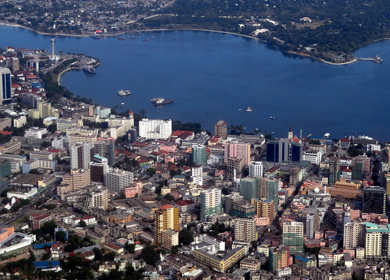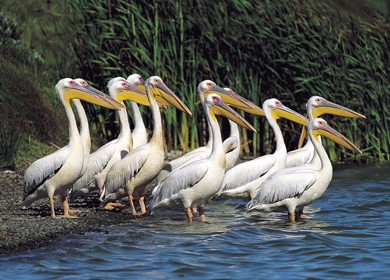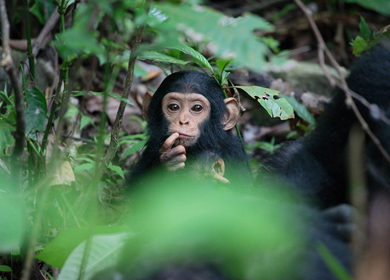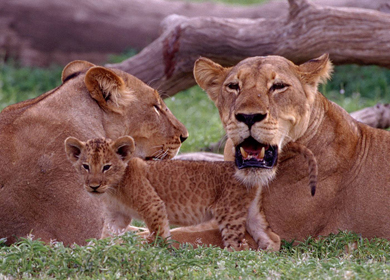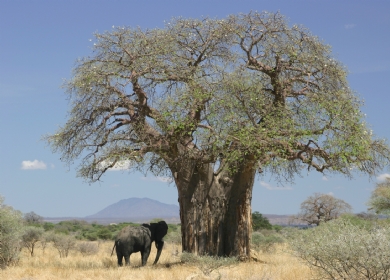
A land full of icons, with the names Serengeti, Kilimanjaro, Ngorongoro and Zanzibar immediately evoking images of exotic locations and abundant wildlife. A Tanzanian safari is an experience for all of the senses, and caters for every kind of traveller.
Tanzania is a country which was seemingly designed with the word "safari" in mind. There are enough national parks and different safari activities to keep travellers coming back year on year, with the added benefit of easily combining beautiful tropical beaches with the wildlife rich plains.
A Tanzanian safari is a journey in the true sense of the word, with each itinerary feeling like an exploration out into the wilderness. Moving from park to park, either by road or air, the countryside offers something new at each stop.
The plains of the Serengeti have become synonomous with an African safari, and by visiting the right areas and camps, you will be able to see the legendary wildebeest migration as it moves across the grasslands in constant search of fresh grazing and water.
To the south of the country are the remote reserves of Selous and Ruaha, while in the west you can trek into the mountains to witness chimpanzees along the shores of the mystical Lake Tanganyika.


